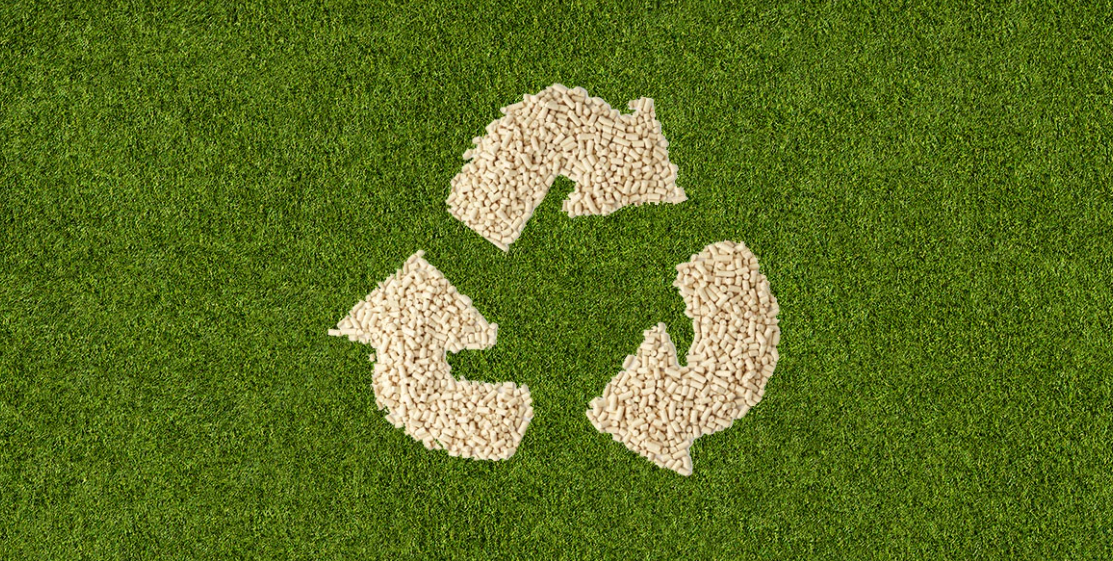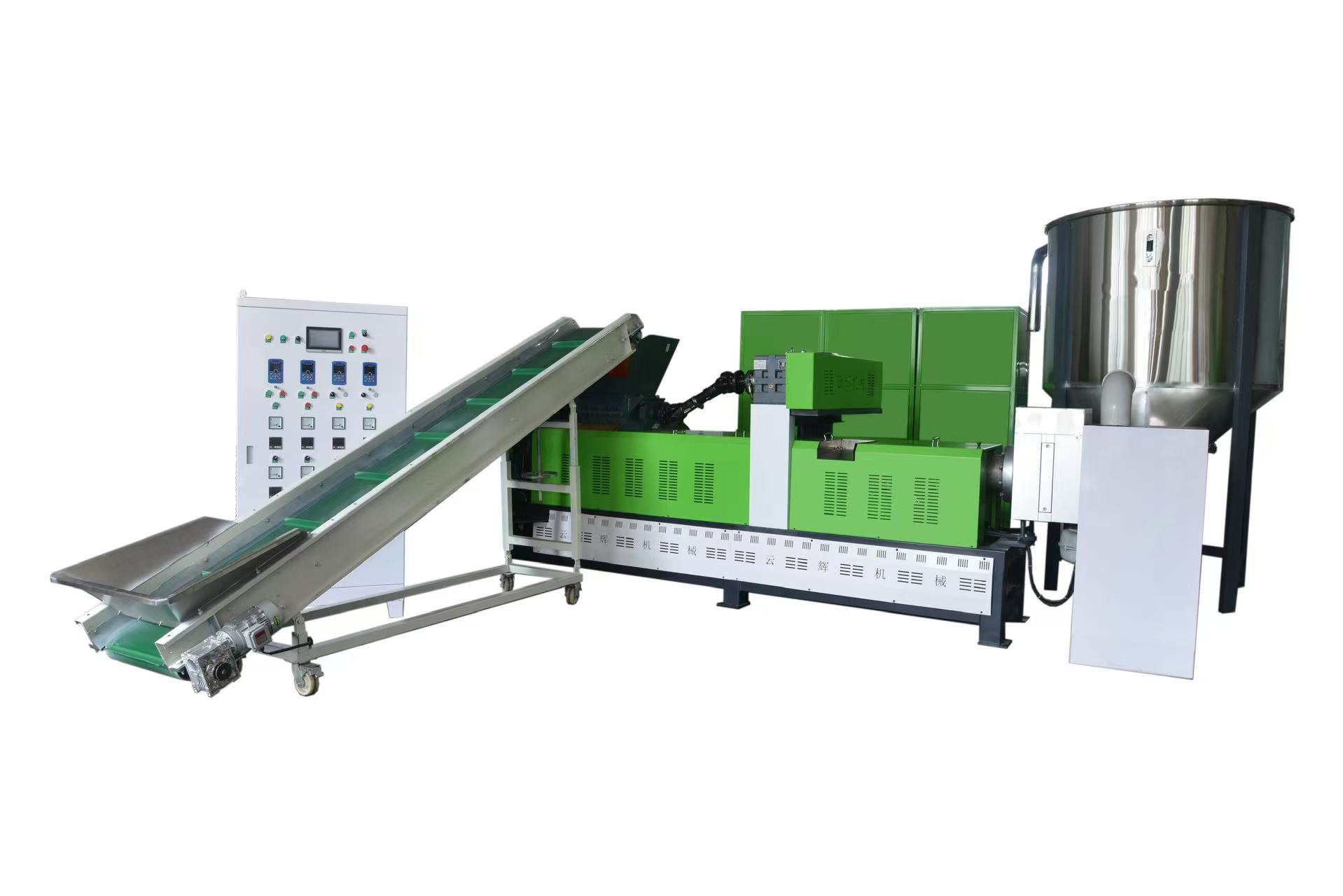Plastic is a class of materials composed of synthetic or semi-synthetic organic compounds, characterized by excellent plasticity and ductility, which allows them to be molded into various solid objects. The basic component of plastics is polymers—high molecular weight compounds, most of which are derived from petrochemical products. In recent years, however, more plastics have been produced from renewable resources, such as polylactic acid (PLA) from corn starch and cellulose-based materials.
Thanks to its low cost, ease of processing, strong waterproof properties, and wide applicability, plastic has become an indispensable material in modern life. From everyday items to high-tech components, from simple stationery to complex aircraft parts, plastics are everywhere. With the development of advanced manufacturing technologies such as 3D printing, the application range of plastics continues to expand.
Classification of Plastics
Plastics can be classified in different ways:
By molding characteristics
-
Thermoplastics: Can be repeatedly heated, melted, and reshaped without losing performance, e.g., PE, PP, PVC.
-
Thermosetting plastics: Can only be molded once and are irreversible after setting, e.g., phenolic resins, amino plastics.
By performance and use
-
General-purpose plastics: e.g., polyethylene (PE), polypropylene (PP), polyvinyl chloride (PVC), polystyrene (PS); low cost, high consumption.
-
Engineering plastics: e.g., ABS, nylon, polyoxymethylene (POM); higher strength and durability, partly replacing metals.
-
Specialty plastics: e.g., polysulfone, liquid crystal polymers; resistant to high temperature and radiation, used in aerospace and medical industries.
By molecular structure
-
Crystalline polymers: Molecules arranged in an orderly fashion, providing high strength.
-
Amorphous polymers: Molecules arranged irregularly, offering better transparency.
Key Features of Plastics
The rapid replacement of traditional materials by plastics is due to the following advantages:
-
Low density, high specific strength – lightweight yet strong, with high packaging efficiency.
-
Chemical resistance – resistant to acids, alkalis, and solvents.
-
Easy molding, low energy consumption – more energy-efficient than metals.
-
Transparency and colorability – can be made transparent or colorful.
-
Toughness and impact resistance – high strength relative to weight.
-
Excellent insulation – widely used in electrical and electronic fields.
-
Low cost and modifiability – properties can be tailored for different uses.
Plastics in the Packaging Industry
Among synthetic materials, about 25% of plastics are used in packaging, making it a major segment of the industry. Currently, paper and paperboard account for the largest share (around 30%), followed by plastics and metals (25% each), and glass (15%). Although plastics rank second, they are the fastest-growing material, with an annual growth rate of about 5%, compared with only 2% for other materials. Thus, plastics are expected to surpass paper in the future and dominate the packaging sector.
In beverage packaging, glass bottles were once dominant, followed by paper composite cans. Today, PET plastic bottles have become the primary packaging material for both carbonated and non-carbonated drinks. Lightweight, shatter-resistant, and well-sealed, plastic bottles are gradually replacing glass and metal containers.
China is already a major packaging producer, but not yet a packaging powerhouse. The industry still faces issues such as low added value, weak innovation, and an imbalance between oversupply of low-end products and shortage of high-end ones. Future development must focus on technological innovation and structural optimization to enhance competitiveness.
Common Plastic Packaging Materials
-
OPP bags: Hard texture, high transparency, but weak at sealed edges.
-
PP bags: More flexible and stretchable, moderate transparency.
-
PE bags: Includes HDPE (high density, brittle, used for T-shirt bags) and LDPE (low density, soft touch).
-
PVA bags: Eco-friendly, water-soluble, but costly and mainly imported.
-
CPP bags: Good transparency and flexibility, suitable for composite packaging.
-
Composite and co-extrusion bags: Strong sealing, good printability, suitable for multiple products.
In addition, vacuum forming (blister packaging) and clamshell packaging are widely used in electronics, food, and pharmaceuticals. They save material, are lightweight, easy to transport, attractive in appearance, and support automated packaging.
Engineering Plastic Example: PPO (Polyphenylene Oxide)
PPO is a high-performance engineering plastic with excellent strength, heat resistance, and electrical insulation. Its dielectric constant and loss are among the lowest of all engineering plastics and are almost unaffected by temperature and humidity.
Applications include:
-
Electronics: TV tuners, microwave insulators, high-frequency circuit boards, electronic housings.
-
Automotive: Instrument panels, pump filters, shock absorbers.
-
Machinery: Gears, bearings, fan impellers.
-
Chemical industry: Pipes, valves, corrosion-resistant components.
Although pure PPO is difficult to process and costly, modified PPO products combine excellent performance with practicality, and are widely used across industries.
 Conclusion
Conclusion
As one of the most important materials of the 20th century, plastics have revolutionized human production and daily life with their light weight, durability, low cost, and versatility. They play irreplaceable roles in packaging, machinery, electronics, automobiles, and beyond. However, the continuous growth of plastic production has also brought serious environmental challenges. Moving forward, the plastics industry must balance development with sustainability, promoting green production, recycling, and the shift toward biodegradable and recyclable alternatives to ensure long-term progress.
Need plastic recycling machines or pelletizers? Contact me.







